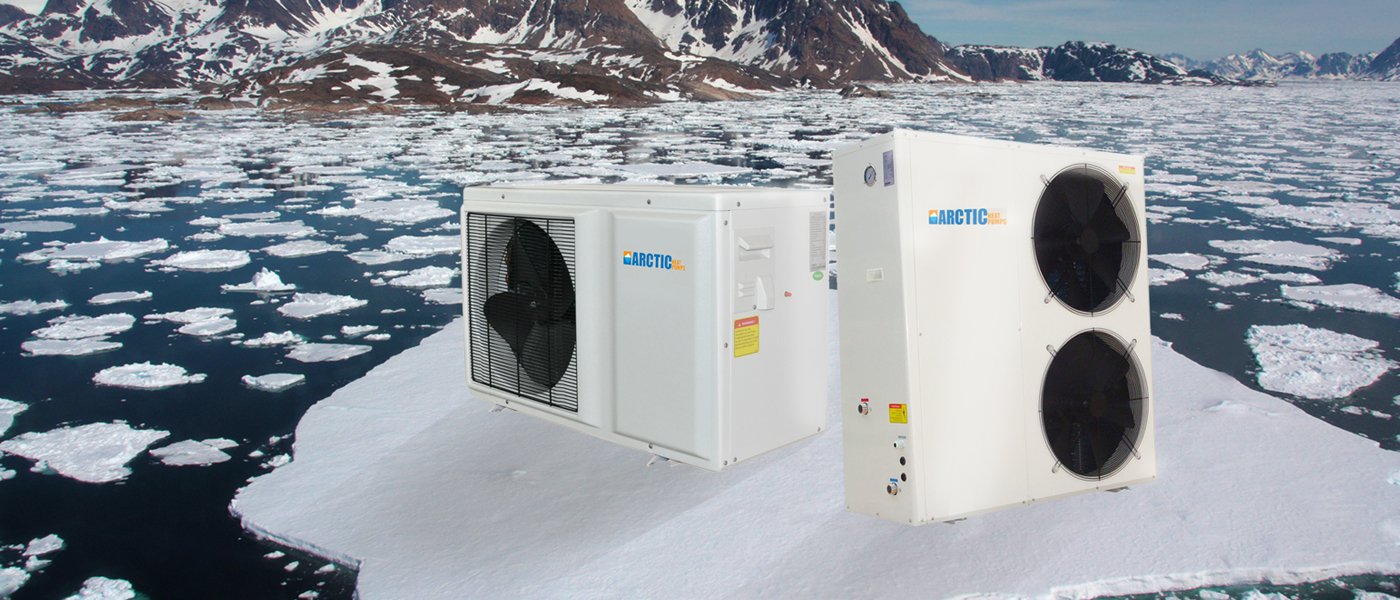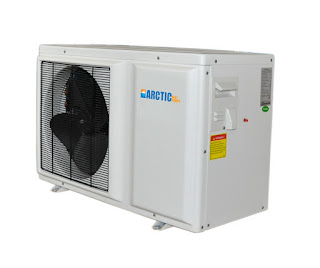Heat pumps have gained popularity around USA and Canada for over 50 years. There are hot spots in North America for heat pump installations like Nova Scotia, Vermont, Maine and New York. You can take advantage of the Efficiency Maine Home Saving Program for the installation of heat pumps in Maine.
Under this program, homeowners looking to install an air source heat pump are eligible for $500 and $250 and for a second zone up to $750. This energy savings program is only for the installation of ductless heat pumps. Therefore, homeowners are required to install hydronic fan coils to get benefited from cold weather heat pumps in Maine.
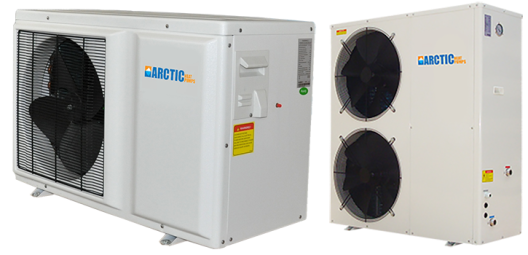
Over 45,000 high efficiency ductless heat pumps are installed in the homes and businesses in Maine over the past five years. Heat pumps are used for cooling during warm climates and one of the most popular technologies for heating in cold climates. Efficiency Maine provides rebates ductless heat pumps for residential and commercial purposes.
How do ductless
Are you looking for most energy-efficient air source heat pump for cold climates? If yes, then Arctic air source heat pump is the ideal solution and works really well in North America. This heat pump is used for hydronic heating and cooling purposes.
In addition to, the Arctic series heat pumps are designed to integrate with solar thermal heating systems. As a result, you can see an uplift of further 20% in the overall efficiency and operating costs of the system. Therefore, solar thermal system is a right combination to use with an air source heat pump.
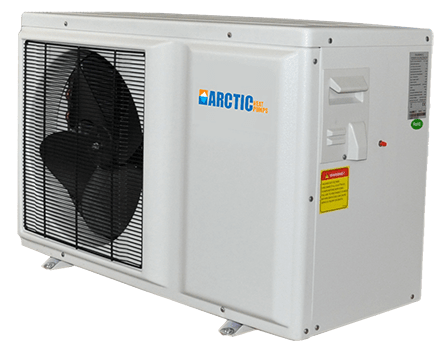
Generally, Arctic Heat Pump uses the industry-standard collector – SunRain solar vacuum tube collector which can provide hot water to the system even in the coldest North American winter. These collectors come with a 10 year warranty and are considered as the top-rated technology in North American solar industry.
However, the higher efficiency of solar vacuum tubes allows the system to produce sufficient energy during cloudy days. The
Do you want a heat pump in cold weather? Out of all the available models, Arctic cold climate heat pumps stand out the most advanced and affordable air source heat pump on the market. They are capable of heating your home, office, shop and pool or hot tub.
The hot pumps use the industry-standard EVI (Enhanced Vapor Injection) compressors with DC variable speed input. This is why they operate consistently in weather as low as -30 C (-22F). The hot pump is of air to water type and has so many features. Here are some of the best features discussed below:
Energy Savings –
The Arctic cold climate heat pump comes with EVI DC inverter compressors, brushless DC fan motors and PFC control so that it is more precise enough to regulate its power output. The system doesn’t need any starting capacitor and the entire unit can start and stop softly as possible.
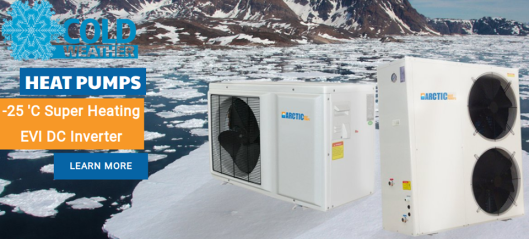
Even, you can make adjustments in its speeds to accommodate specific conditions. As a result, it will offer 70% less operational costs as
You are looking for a heat pump, you have got at any rate three distinct quotations and they are all of the various costs. Presently you have the errand of making sense of which organization to go with.
This can be an extreme choice. It is such after particularly knowing that the acquisition of an off base heat pump can mean you will not set aside the cash you expect or have the solace you sought after.
We will give you a simple to pursue procedure to contrast one heat pump for hot water quote with another. We will probably enable you to figure out which quote is the best for your home.
Price
With no different elements considered, the cost is the thing that a buy choice depends on.
While cost is a significant piece of the condition, attempt to keep a receptive outlook and not simply incline toward the most reduced valued statement. It may be alluring today, yet you will not know whether you got a decent arrangement until a couple of months down the line. We will come in detail to this
Are you looking for renewable heating options? Then you can consider using air source heat pumps that are one of the best renewable energy options. If you want to reduce the high energy bills for the gas or electric heating system, then switching to an air source heat pump will prove to be worth.
Heat Pumps:
It can be said that a heat pump is used to pump or move heat from one place to another by using a compressor and a circulating structure (of liquid/gas refrigerant). This helps in extracting the heat from outside sources and pumps it inside the building. Powered with renewable energy technology, the heat pumps are one of the most efficient alternative to electric systems, oil and fuel for your heating and cooling solutions.
Air Source Heat Pumps For Cold Climates:
Normally the air source heat pump for cold climate works by transferring the heat (absorbed from the outside air) to the indoor space like your home or office via a durable wet central heating system. This helps in heating
Heat pumps have been around in Canada and in the USA for over 50 years. But what made their popularity grown so much in the last 10 years? Nova Scotia, Maine, Vermont, New Brunswick, New York seem to the hot spots in North America for heat pump installations.
Perhaps the heat pumps combine a perfect climate and higher than average energy cost? Or perhaps the installers and contractors feel confident that heat pumps in Nova Scotia are better than any other type of heating option?
When a recent heat pump customer in Maine was asked about why he bought a cold weather heat pump, his answer was because the neighbor purchased one of the heat pumps last year. Perhaps it’s the “Jones” effect that people are buying cold weather heat pumps in North Eastern USA more than anywhere else simply because that their neighbors are buying them and it has reached a critical mass?
Under the Efficiency Maine Home Energy saving programs, homeowners installing an air source heat pump are eligible for $500 plus
The Arctic series cold climate heat pumps are the revolutions in the heat pump technology and remain unmatched in terms of affordability and performance. The perfectly engineered cold climate heat pumps are designed to be the most efficient heat pump for cold climates at a price of half of a traditional geothermal heat pump.
Rest assured the Arctic heat pumps are engineered effortlessly without any compromise on quality. They are equipped with industry-best parts like German Wilo Pumps, European Sanhua Valves, Mitsubishi EVI DC inverter compressor, and Chico digital control system. All of them are connected directly into complete weather proof housing.
The Importance of Arctic Cold Climate Heat Pump
Integrated heating
Unlike other heat pumps available on the market, the Arctic heat pump can control your home heating and cooling requirements, from residential hot water, space cooling /heating using hydronic heating loops, and DC inverter fan coils.
They can integrate easily into any hot
Heat pump systems have the capability of heating as well as cooling. The system utilizes electricity to pump out heat from a cool space to a warm one to move warm air indoors during the winters and vice versa during the summers. So if you are thinking of incorporating heat pumps at your homes but confused in finding the right one, then the following post is just for you!
The heat pump models of today are more efficient and are capable of reducing heating costs by almost 50% when compared to electric furnaces. Following are the different types of heat pumps available today.
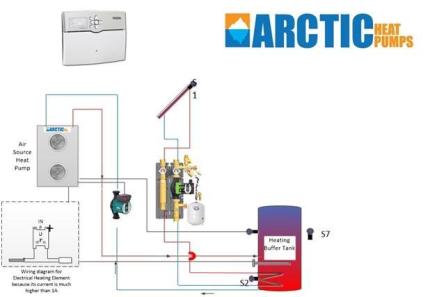
Air Source Heat Pump
An air source heat pump utilizes outside air as a heat exchange medium. It is the commonly used and inexpensive heat pumps. These function well in moderate climates.
Water Source Heat Pump
A water source heat pump uses water instead of air to dissipate heat. Such a system requires well, lake or any other water source to operate, hence are not used commonly.
Ground Source Heat Pump
Ground source heat
In low altitude countries, people face direct sunlight that leads them unbearable heat. Needless to mention, heat wave creates a number of issues for human body including dehydration. If all these symptoms left untreated, they may cause immature death which no one would like. Apart from them, the greenhouse effect is contributing a lot in order to raise the temperature in the environment. This is not only simmering the situation but also keep people suffering a lot. Constant attempts have been made to lower the heat effect in the body. In the past, there was not any technical advancement, people have to go through several natural processes by which they were able to keep their body unaffected to keep safe from the killer heat. Today, it has a classic solution! Heat pumps are all ready to keep the room or area cool from the high temperature.
Warmth pumps are the cleverest type of electric warming in direct atmospheres and cool a house by gathering the warmth inside the house and

- -25C heat pump
- air source heat pump
- chiller for pools
- Chillers for Swimming Pools
- cold weather heat pumps
- Heat Load Design
- Heat Load Design
- Heat Loss Design Services
- Heat Pump
- Heat Pump Cold Weather
- Heat Pump for Hot Water
- Heat Pumps
- heat pumps in Nova Scotia
- Hydronic Air Handler
- Inverter Heat Pump
- Inverter Heat Pump
- radiant floor cooling
- radiant floor Design
- radiant floor Design
- radiant floor Design
- Spa Heat Pump
- Swimming Pools
